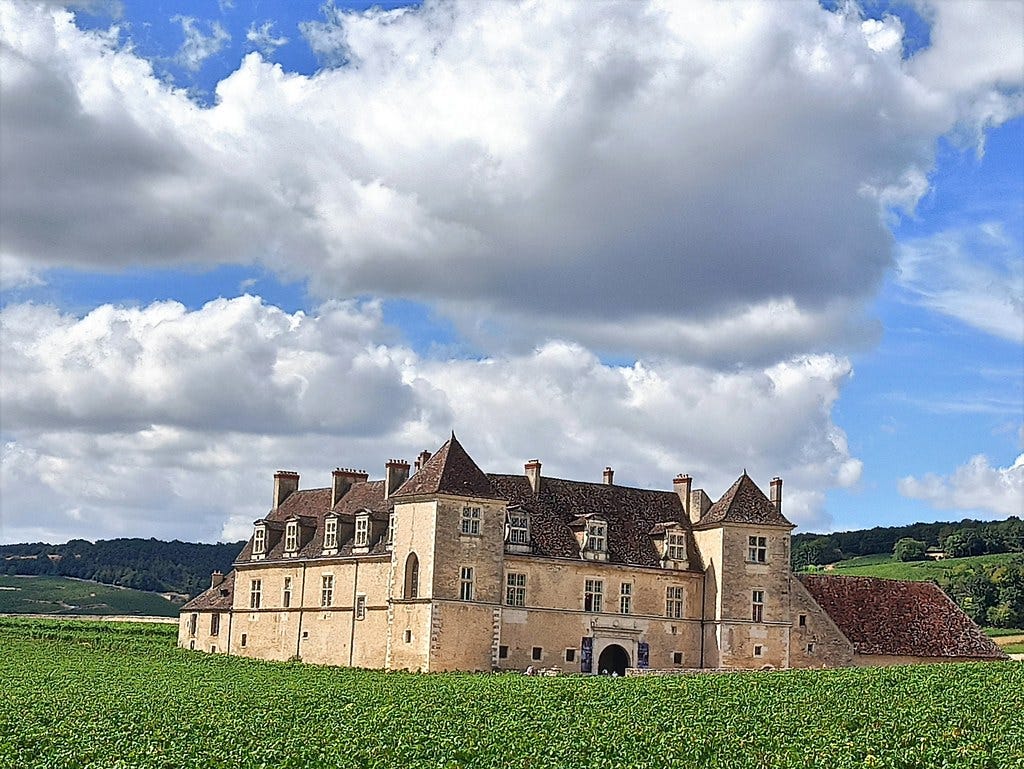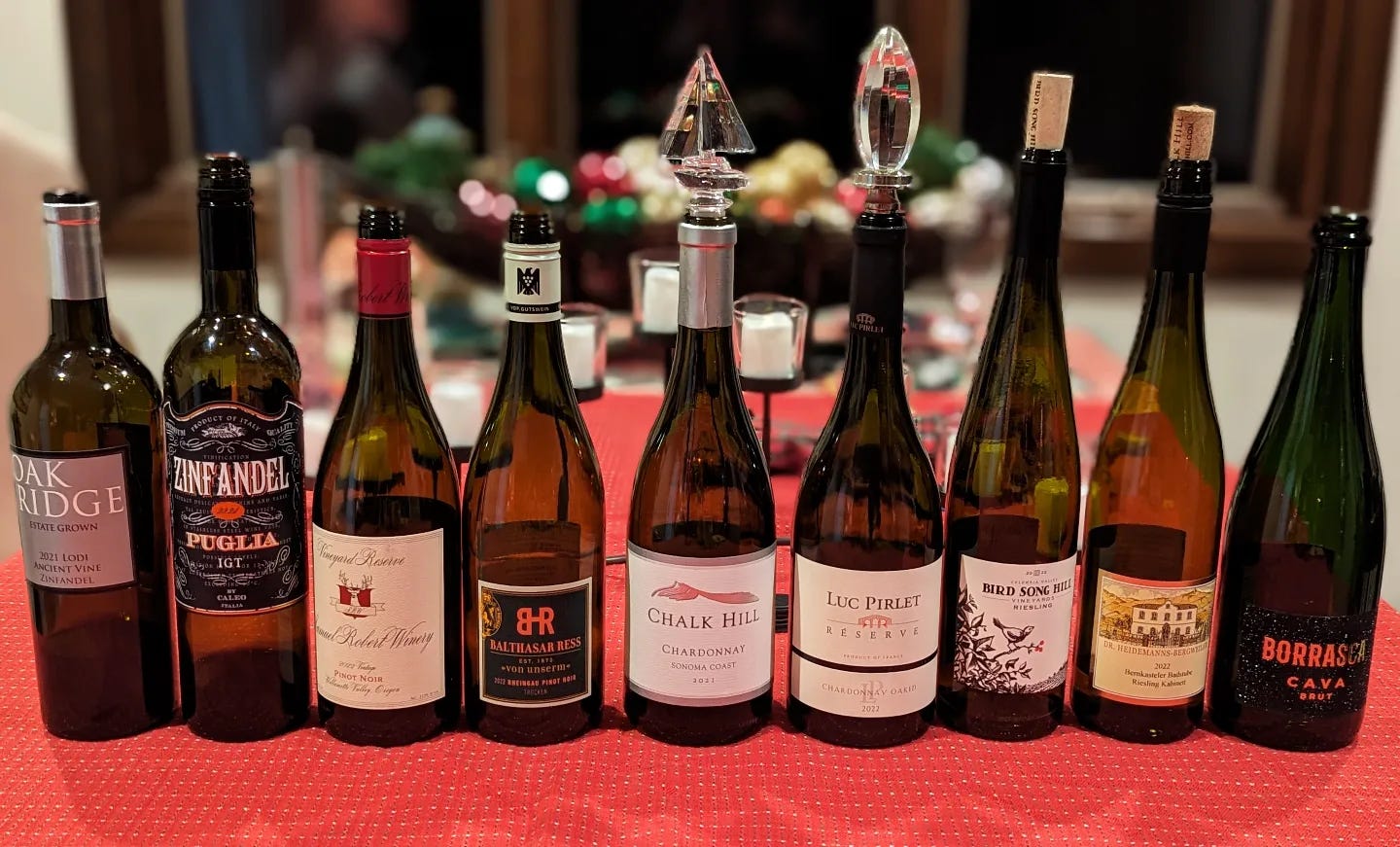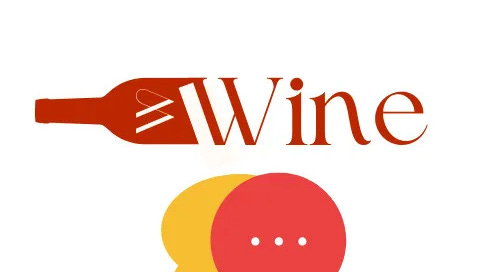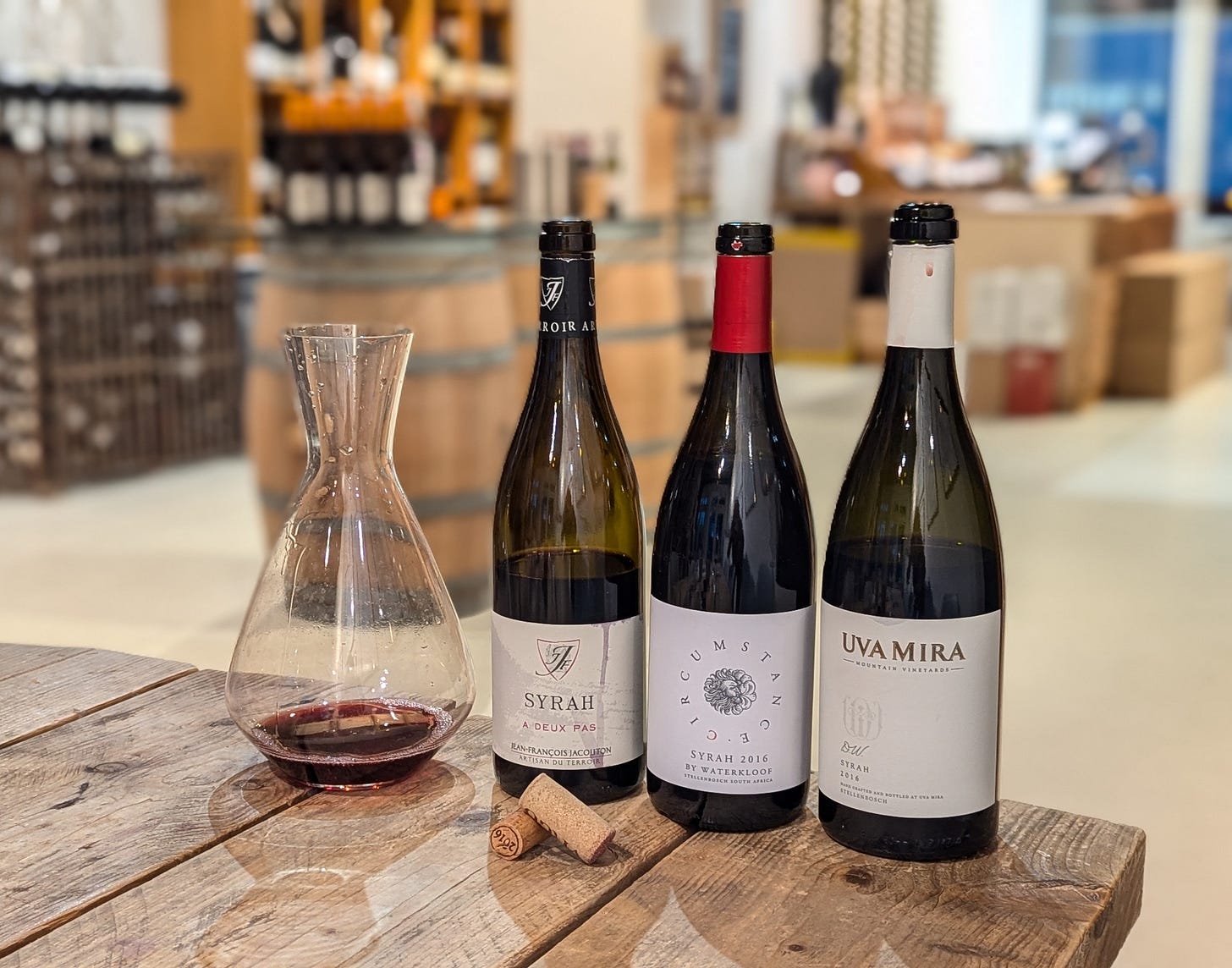Wine Conversations: Old World vs New World (I)
A relevant distinction or an outdated classification?
Welcome to our third "Wine Conversation", a feature spotlighting a wine-related topic and transforming it into an evolving conversation between multiple wine writers across Substack. This month's topic is perhaps the most controversial so far:
Old World vs New World – a relevant distinction or an outdated classification?
I’m kicking off the series this month, but keep an eye out for the first response from
in the next few days. If you’re a wine writer and would like to get involved in the next round, reach out to Dave and he’ll add you to the rotation!Back in 1998, when I was a highly privileged, highly precocious 18-year-old, I went to the annual chapitre (aka fancy banquet) of the Confrérie des Chevaliers du Tastevin (aka Burgundy wine brotherhood) at Château du Clos de Vougeot (aka one of Burgundy’s most prestigious vineyards) in France. You may well wonder how a young English girl came to be at what sounds like a very exclusive French feast, but by this point my dad had been running restaurants and hotels for decades. And in England at that period, good food and wine meant one thing: France. My dad can talk his way into or out of almost anything, and by virtue of making friends with his wine supplier he’d been invited to become a Chevalier du Tastevin (knight of wine tasting!) himself. And so there we were: me, my mum and my dad, schmoozing with the wine royalty of Burgundy.

The family story goes that I was sitting next to a rather attractive young Burgundian winemaker who was set to take over his father’s business. Somewhere between the foie gras and the Romanée-Conti, I turned to him and asked: “So, what do you think of New World wines?” Such is the confidence of youth, it didn’t enter my mind that I knew almost nothing about any wine – let alone New World wine – myself. My dad looked at me and rolled his eyes (presumably questioning his parenting skills), while the young Frenchman considered his response: “They’re perfectly good,” he replied seriously, “but they simply don’t have the complexity of French wines.”
Defining Old and New Worlds (or trying to)
The thing is, back in the ‘90s, he might have had a point. At that time, Old World and New World did not just signify a difference of geography and history: Old World denoting Europe, producing wines for thousands of years; New World covering the USA and southern hemisphere, with commercial wine production taking off in the 20th century (although dating back to colonial times). Old World and New World as labels conveyed differences in tradition, in price and in quality. And there’s nothing that Europeans – the French in particular – value more than tradition.
Most European wine regions had (and still have) strict laws relating to grape-growing and wine-making practices, with the label on the bottle relating to the region (and, in theory, conveying a whole load of information about which criteria it had to meet). New World wines were generally free from such restrictions, with labels to reflect that – they’d often simply tell you the grapes that went into the bottle. Old World wines were known for being lean, elegant and reflective of their terroir, while New World wines were seen as fruit bombs with bolder flavours and a rather unrestrained use of oak. New World wines were often cheaper, too, which meant many people deemed them to be less prestigious. It was easy for the makers of Burgundy and Barolo to be snooty towards their counterparts in Napa or New Zealand.
Old and New Worlds collide
But that was then and this is now. International competitions have repeatedly shown that even seasoned wine experts struggle to distinguish between Old and New World wines in blind tastings these days. In the past 30 years, winemakers in the USA and southern hemisphere have proved time and again that they’re capable of high-quality, complex wines that can easily hold their own against the old, established regions – with price tags to match.

Interestingly, the opposite also holds true. After struggling to compete on price with the New World for many years, European countries are now producing cheaper wines with more mass-market appeal. You can now buy a buttery Chardonnay from the South of France that feels more like it comes from South Australia, or a jammy Primitivo from Puglia that’s hard to distinguish from a Californian Zinfandel.
What’s more, many European producers have thrown the rulebook out the window and are making Vin de Pays/IGT wines that don’t conform to all the regional regulations once imposed on them but are nonetheless top quality (think of Super Tuscans, for instance).
All of which brings us back to the original question: is the distinction between Old and New World wines still relevant or simply outdated?
A question of style
As any kind of a marker of prestige or quality, it’s clearly outdated. But as a marker of style? In some cases, it could be a useful linguistic shorthand. Let’s take Syrah as an example: Northern Rhone Syrah is generally lean and peppery, while Australian Shiraz is known for being ripe and full-bodied. When you come across that grape anywhere else in the world, the term used for it often tells you something useful about the style. If you see “Shiraz” on a bottle from Mendoza in Argentina, you’re expecting something different than if you see “Syrah” on a bottle from Chile’s Elqui Valley (even if you know nothing about Mendoza or Elqui themselves).
Similarly, we still talk about “Bordeaux-style blends” when referring to reds that come from somewhere outside of France. A Bordeaux blend from Stellenbosch suggests something more structured and herbaceous than you might expect from a wine that’s simply labelled as a blend of Cab Sav and Merlot. The language used is a useful tool.
New wine regions in the Old World
But the more thought I gave to this topic, the less convinced I became that these terms make sense. Not only is there no need to use “Old World” or “New World” to convey these style differences (markers like Shiraz and Bordeaux exist whether we categorise them as New and Old or not); but wine regions in the 21st century no longer fit neatly into these geographical classifications anyway.
Take England and the Netherlands, for example (my two home countries): winemaking in these cool, northern European regions only really took off in the 1990s. Despite being in Europe, you can hardly describe them as “Old World” when the industry is younger than I am. And yet no one categorises them as New World either – that would just get confusing.
Final thoughts
To sum up: when I started writing this article, I wasn’t exactly sure which way my own arguments would take me. But it’s become increasingly evident that I don’t have much use for the terms “Old World” and “New World” specifically. Other terms that relate to certain wine regions can serve as useful stylistic shorthand for wines that originate elsewhere. But even those are increasingly up for debate as winemakers globally continue to challenge expectations and forge their own path.
Resources and inspiration:
Confrérie des Chevaliers du Tastevin: tastevin-bourgogne.com
- by :
Meininger’s International: meiningers-international.com/wine/academic-papers/changing-face-wine-re-evaluating-new-world-and-old-world
Food & Wine: foodandwine.com/old-world-vs-new-world-wine-7571574







Great read. I think the stylistic expectations of new and old world still hold and is an easy enough concept for most to understand. It helps set a good basis for folks to understand style and what fits them, especially if they're just getting into wine.